Unlike cyclical wage hikes on Wall Street, however, the “compensation revolution” in the chip industry reflects a structural change: the world is starting to pay more for technical skills, according to the Financial Times.
SK Hynix is the clearest example. The South Korean semiconductor company abolished the profit-sharing cap and paid out bonuses of up to 1,500% of base salary, equivalent to three-quarters of the annual income in one payment - an extremely rare level in Korean corporations accustomed to seniority pay systems. However, some employees still believe the bonus is not satisfactory, showing that the level of competition for human resources has exceeded expectations.
The pressure is intensifying as the semiconductor industry enters an unprecedented wave of expansion. From 2023 to 2030, global manufacturers are expected to pour nearly $1 trillion into new factories, according to McKinsey. Even before this investment period, demand for semiconductor engineers was already rising rapidly, with the Asia- Pacific region (excluding China) short of more than 200,000 engineers.

The shift in compensation culture is also quickly affecting the choices of young Koreans. According to Incruit, SK Hynix has surpassed Samsung to become the most desirable workplace for new graduates, of which two-thirds said they were attracted by the compensation system.
In Taiwan (China), the situation is similar. The island lacks about 34,000 skilled workers in the semiconductor industry. Not only process engineers, but also R&D, operations, quality control and facility management positions are in serious shortage because of the high level of expertise and 24/7 working shifts.
TSMC and MediaTek have been forced to continuously increase incentives to retain employees, from profit sharing, stock to cash bonuses. At TSMC, average employee income has increased about 45% in the past five years. The company promotes a global recruitment program, promises above-standard salaries and flexible benefits to limit brain drain to the mainland or foreign factories.
Global competition tightens supply of engineers
While South Korea and Taiwan (China) race to retain workers, mainland China is also accelerating. To reduce its dependence on foreign technology, Beijing is pushing to build semiconductor factories with billions of dollars in investment. But the biggest bottleneck is people. Mainland Chinese companies are willing to pay double-digit salary increases, fast promotions and housing subsidies to attract engineers from Taiwan and South Korea.
The competition is not limited to Asia. In the US, TSMC had to delay its mass production plans in Arizona by two years due to a lack of skilled workers to operate high-tech equipment. Expanding production to the US, Europe and Japan means companies are increasingly tapping the same limited “human resource pool”, increasing the demand for Korean and Taiwanese engineers and creating shortages at home.
What was once considered a temporary labor shortage cycle has now revealed a long-term weakness. The working-age populations of South Korea and Taiwan are expected to shrink by about 1% each year over the next decade. South Korea has the world’s lowest fertility rate of just 0.75; Taiwan’s is less than 0.9—far from the 2.1 needed to maintain its population. This means that each new batch of engineers will be smaller than the last, making it increasingly difficult to fill the labor gap.
Even as compensation continues to set records, the big question remains: can the chip industry address its talent shortage when there simply aren't enough new engineers?
In the short term, hefty bonuses can help companies retain long-term engineers—experienced workers that fabs have a hard time replacing. As the industry continues to benefit from growing demand for AI, strong profits and stock prices will create room for the “compensation race.”
But in the long term, the semiconductor industry's biggest challenge is not equipment or capital investment, but people - the scarcest resource in the race to expand global capacity.
(According to FT)
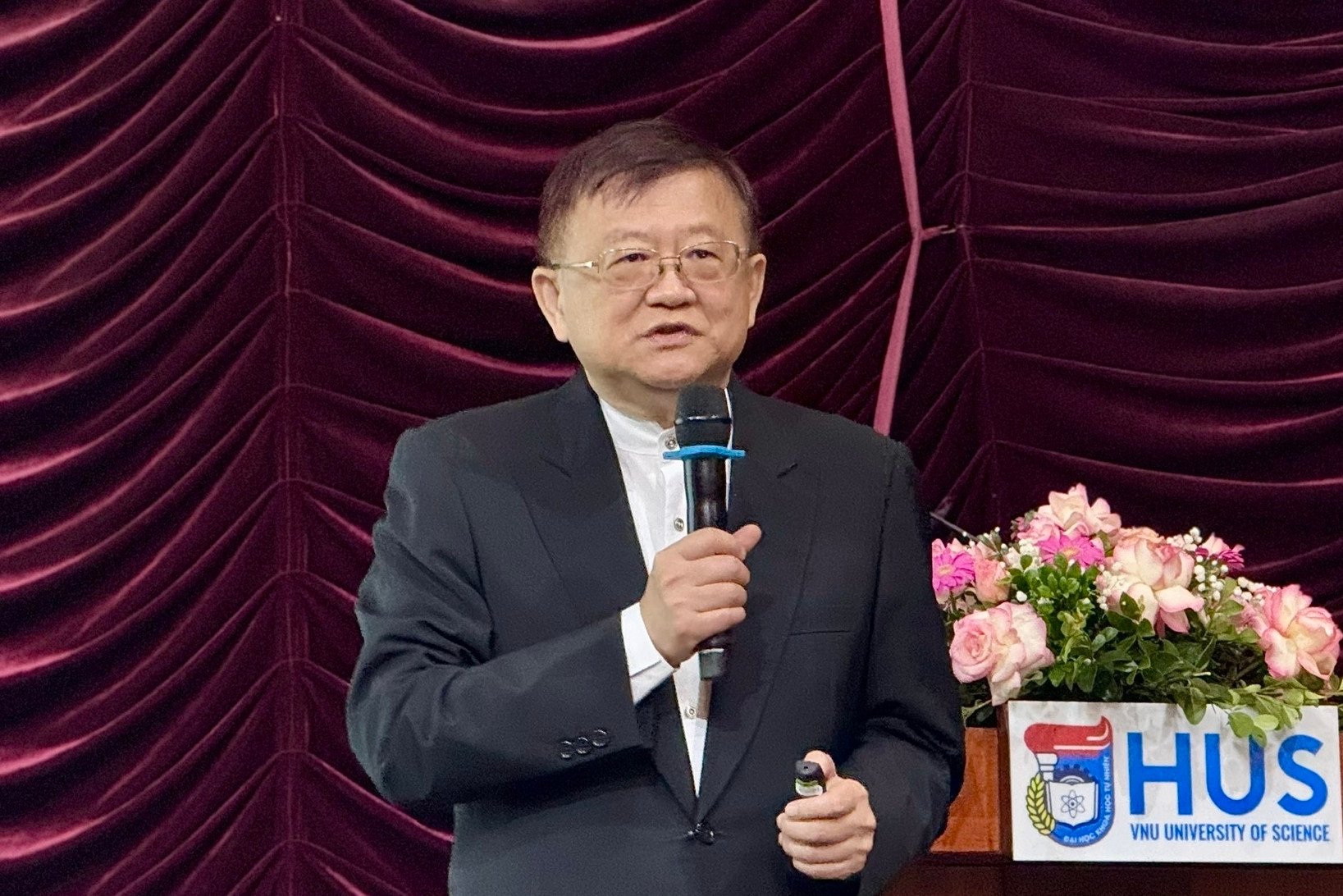
Source: https://vietnamnet.vn/ky-su-ban-dan-duoc-san-don-co-noi-thuong-toi-1-500-luong-co-ban-2465656.html




![[Photo] Next to the "mountain of trash" after the flood, Tuy Hoa residents strive to rebuild their lives](/_next/image?url=https%3A%2F%2Fvphoto.vietnam.vn%2Fthumb%2F1200x675%2Fvietnam%2Fresource%2FIMAGE%2F2025%2F11%2F24%2F1763951389752_image-1-jpg.webp&w=3840&q=75)



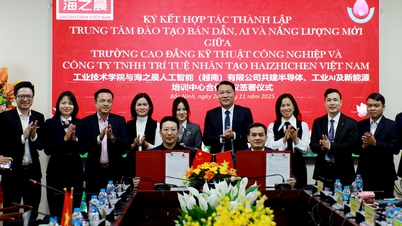

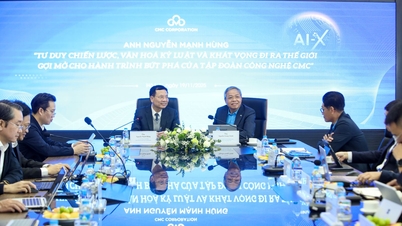




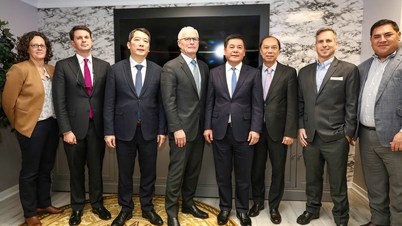






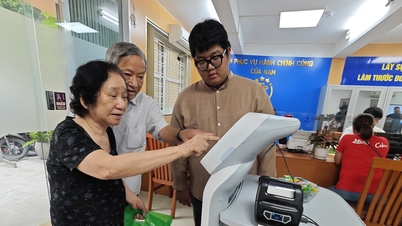
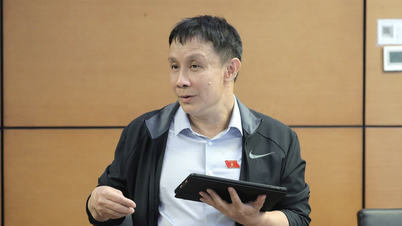

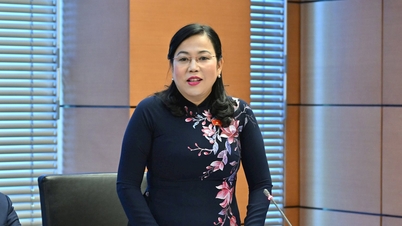





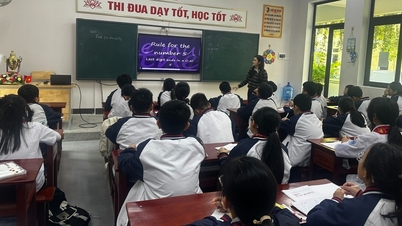
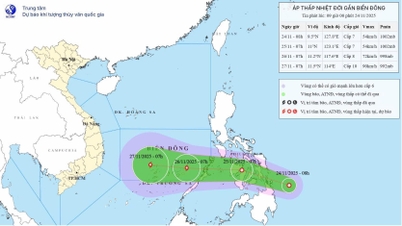


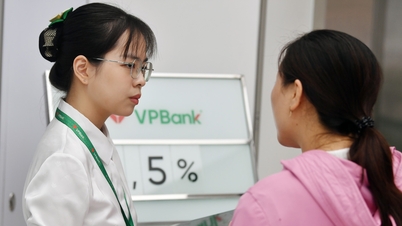







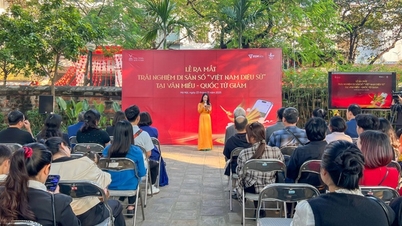




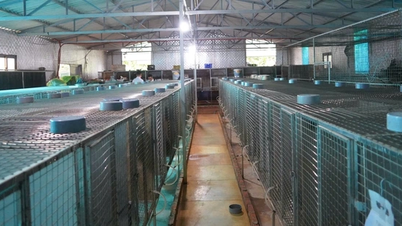




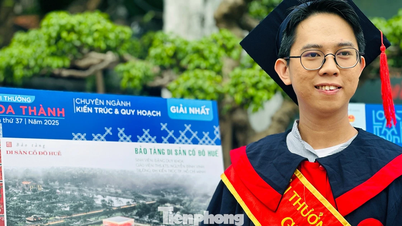






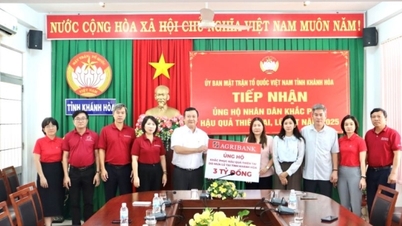














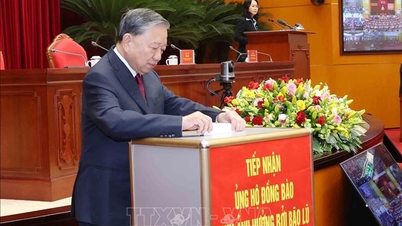








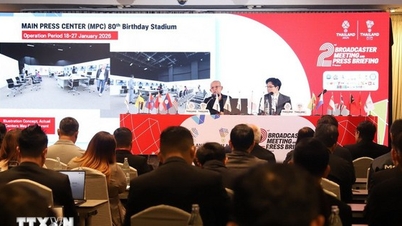





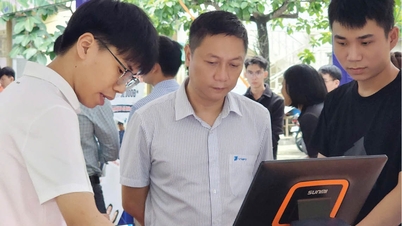

















Comment (0)